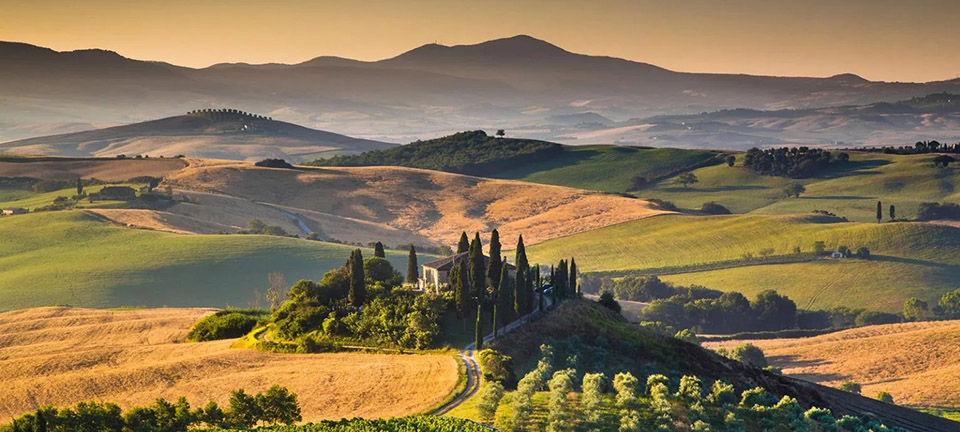
At one time, many British people with sufficient means dreamed of a retirement home in Tuscany. During the 1980s and 1990s it became fashionable to buy some dilapidated property among the rolling hills of Tuscany and then, with local assistance, spend a few leisurely summers making the place habitable. Some of my friends did just that. Tuscany is a delightful part of Italy: a vast, roughly triangular area of about 8,900 square miles lying on the north western Mediterranean coast. Known as Toscana in Italian, Tuscany is known for its impressive landscapes, its remarkable history and its artistic legacy. It’s considered the birthplace of the Renaissance, an artistic and philosophical movement which eventually influenced every country in Europe. Tuscany has always been a magnet for tourists and was an essential stopping point on The Grand Tour.
This, you might remember, was the aristocratic custom of making an extended trip through Europe, with Italy as the usual destination. The trip could last for months and was thus an expensive undertaking, limited to the few who were able to afford it. The Grand Tourists were invariably privileged sons of wealthy parents who had sufficient means, rank and social contacts to make the journey possible. The custom began during the middle of the 17th century and was seen by many as a kind of educational “rite of passage” sometimes accompanied by a parent or an experienced tutor. Inevitably, some young men used the Tour not as a means of cultural awakening, but an opportunity to frolic with the locals.
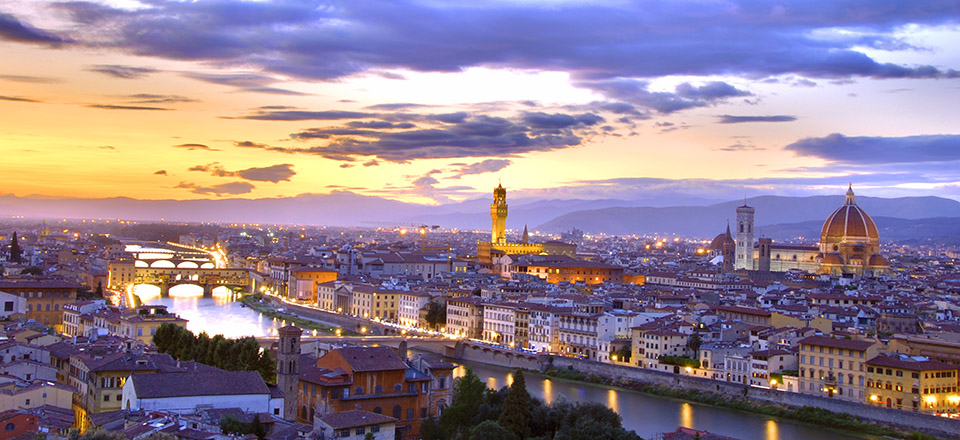
Tuscany was an essential stopping-off point on the Grand Tour, with its famous cities of Pisa and Siena, the medieval towns of San Gimignano and Lucca, known as an Italian Città d’arte (“City of Art”) from its intact Renaissance-era city walls. The regional capital is the lovely old city of Florence. When I first arrived there by car in the early 1970s (though not on a Grand Tour) the city was experiencing a torrential downpour, but as the grey, leaden clouds drifted away the weather cleared, Florence revealed itself to be as captivating as I had expected. Firenze, as the Italians prefer to call their city) is a relatively compact place and lies on either side of the river Arno. It has fascinating medieval and renaissance architecture, a maze of narrow streets and piazzas and it’s the home to some of the world’s greatest artistic treasures. It’s also a place where you can find some of the finest wines Italy has to offer.
The other day, in a rather feeble attempt to refresh my memories of Tuscany, I decided on an Italian dinner, and during the day trundled around a few local wine shops to see what appropriate wines were on offer. Not many, as it turned out. Not many at all. Perhaps it’s due to trade agreements or something. Nevertheless, it’s a bit puzzling because Italy makes more wine than almost any country in the world, producing about five million tons of wine every year. Spain and France come close with 4.6 million and 4.3 million tons of wine each.
Some of the wine outlets in Pattaya offered a modest choice of Italian reds, but if you are searching for Italian whites, the chances of finding an interesting one are slim. Some years ago, a friend who works in the Thai wine trade, told me that white wines are simply not particularly popular here. The few Italian whites I could find were Pinot Grigio and little else. Villa Market for example, has plenty of good Italian reds on offer though as expected, the white selection was mostly the inevitable Pinot Grigio. Now I have got nothing against Pinot Grigio you understand, but it would be refreshing to have a change. Suddenly, to my delight I noticed some bottles of Vermentino and bought one without hesitation.
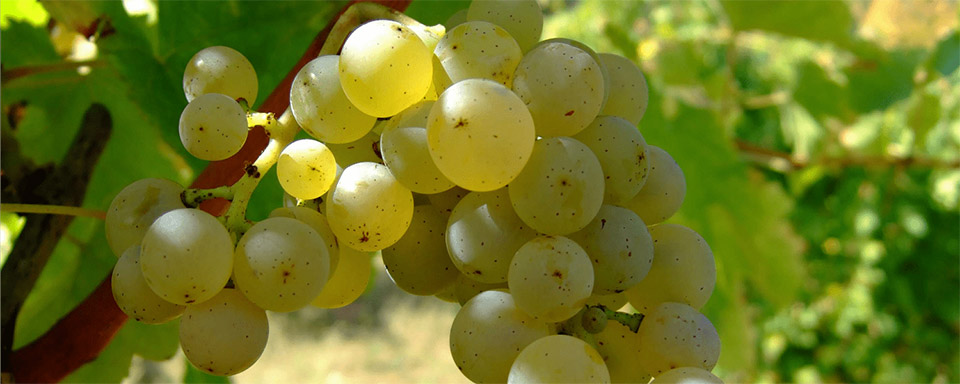
Anyone with more than a passing interest in wine has tasted the popular Italian red wines Valpolicella, Bardolino, Chianti, Montepulciano d’Abruzzo or Primitivo. Apart from Pinot Grigio (whose spiritual home is not Italy but France), the most popular Italian whites are Frascati or Soave, both of which are lovely medium-bodied summer wines, though rarely seen in these parts. The other popular whites include the light and crisp Trebbiano, the somewhat acidic Verdicchio and the delicate, sweet Moscato Bianco. Incidentally, within these various styles – red or white – there is usually a wide quality spectrum, ranging from basic everyday table wines to extremely high-quality wines that are the most complex, rewarding and expensive of their type.
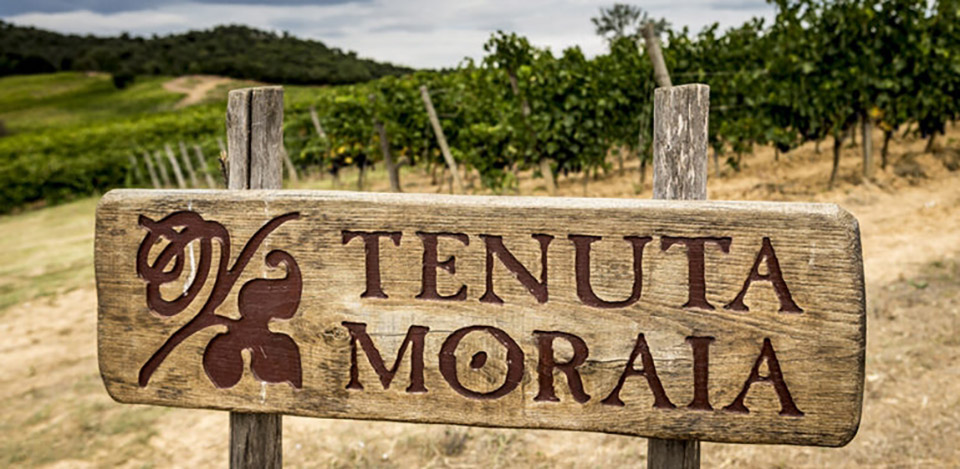
Tenuta Moraia Vermentino Maremma Toscana DOC, 2020 ฿859.00 @ Villa Market
As so often happens with Italian wines (and even more so with German ones), we have to start by decoding the label. Tenuta Moraia is the name of a 400-acre wine estate owned by the well-established Piccini family of Chianti. Vermentino is the name of the golden-yellow grape variety, popular in Sardinia, Tuscany and parts of France where it is sometimes known as Favorita blanc. Vermentino has dozens of other names, among them Carbesso, Grosse Clarette, Malvasia Grossa, Piccabon and Rolle. But despite its dozens of regional names, Vermentino remains a relatively minor grape variety and its wine invariably has a refreshing acidity, with aromas of peach, grapefruit, citrus and sometimes a hint of minerality.
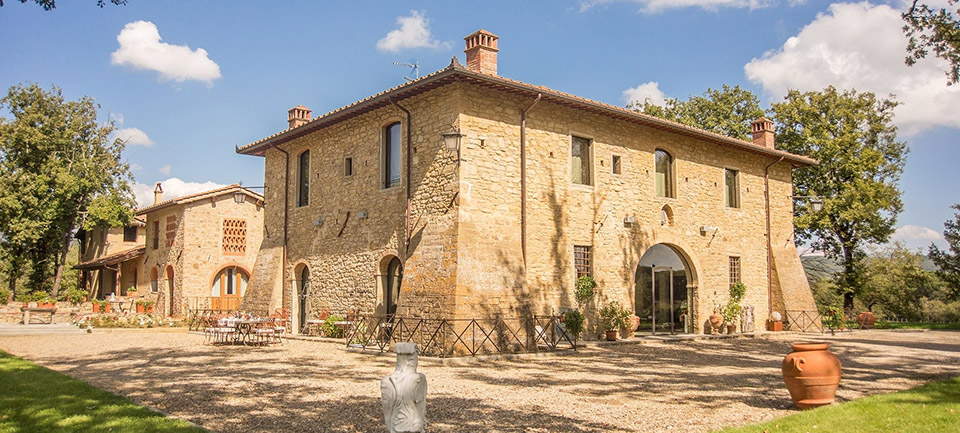
Maremma is a coastal district in the extreme south of Tuscany and the home to the Tenuta Moraira estate. You might also be interested to know that a Maremma is also a breed of Italian sheep-dog. These animals have been used to guard the flocks since Roman times and oddly enough, rather resemble sheep themselves. The word Toscana is simply the Italian word for Tuscany, which you should know already if you’ve been paying attention. The enigmatic letters DOC stand for Denominazione di Origine Controllata; the third designation upwards from ordinary Italian table wine. It means “designation of controlled origin” and is a guarantee of quality and provenance.
The vineyards of Tenuta Moraia are influenced by the Mediterranean Sea, which is only about eight miles away and this Vermentino comes from grapes grown on sandy soils mixed with sandstone. The grapes were harvested at the end of August and the wine aged on the lees for three months. The “lees” are made up of dead yeast and bits of grape seeds and solids which normally sink to the bottom of the fermentation tank. The wine makers used a technique known as bâtonnage which means stirring the grape must to give it more lees contact and soften the natural flavours.

The wine has a rich, golden colour and an attractive, slightly oily appearance. There’s a floral, creamy aroma which reminded me of pomelo, citrus, fresh green mint and a touch of minerality. Somewhere in the aroma, there seemed to be a hint of the sea, but that might have been due to my wayward imagination. Having just found the technical details on the company website, the notes state that the finish is “slightly salty” so perhaps it wasn’t my imagination after all. There’s a surprisingly rich mouth-feel and a pleasing “bite” of clean, fine acidity. At 13% ABV, the wine has quite restrained fruit and I enjoyed the slightly tart sensation on the palate. It struck me as quite a sophisticated wine and especially well-crafted with a long, dry and satisfying finish.
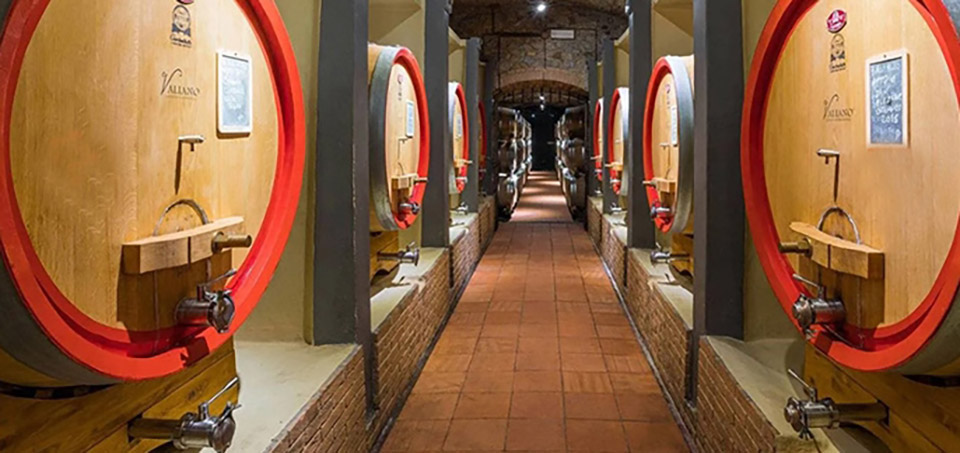
To my mind this sprightly wine would make an excellent aperitif but would make a classic pairing for grilled fish, calamari or indeed any light fish dish. If you enjoy a typical Italian Pino Grigio, you’ll probably appreciate this wine which is a little more sophisticated. I tried it with a simple chicken dish with pasta and it provided a pleasing contrast. Oh yes, and since you asked, here’s a picture of the Italian sheep-dog breed known as a Maremma.









